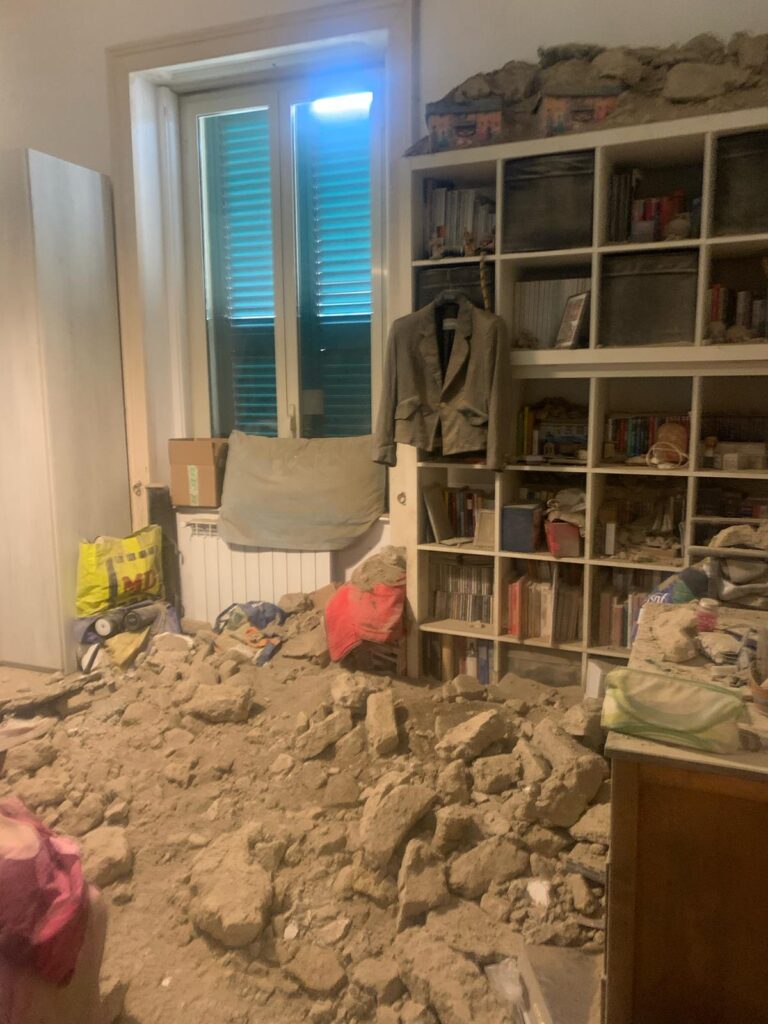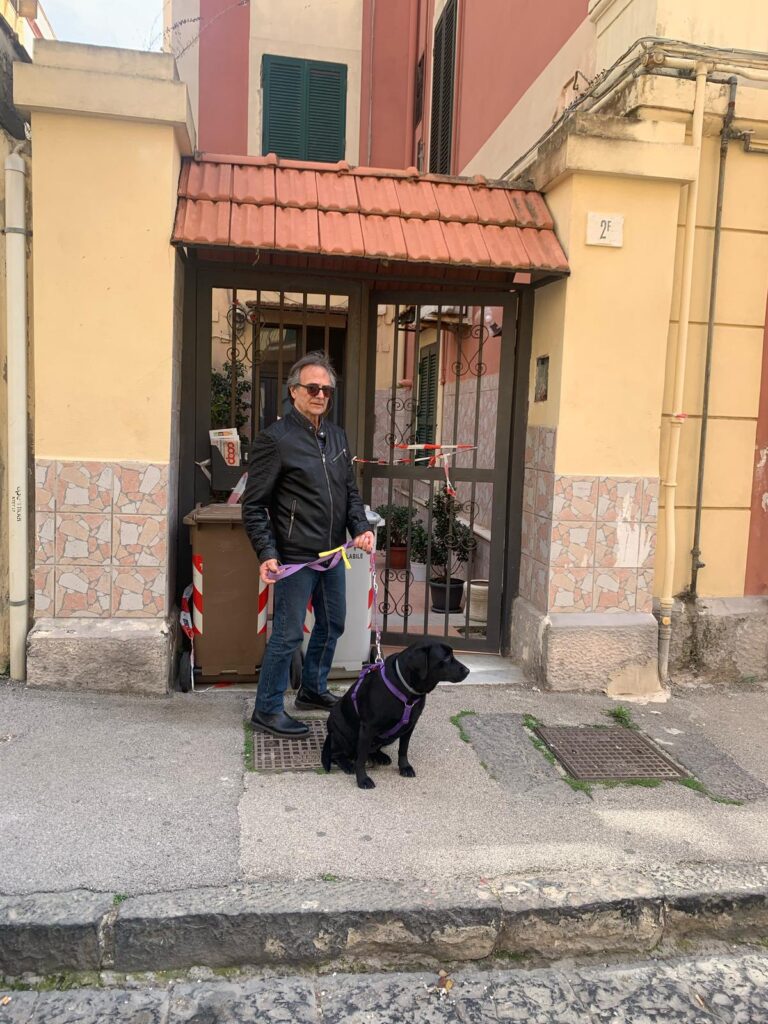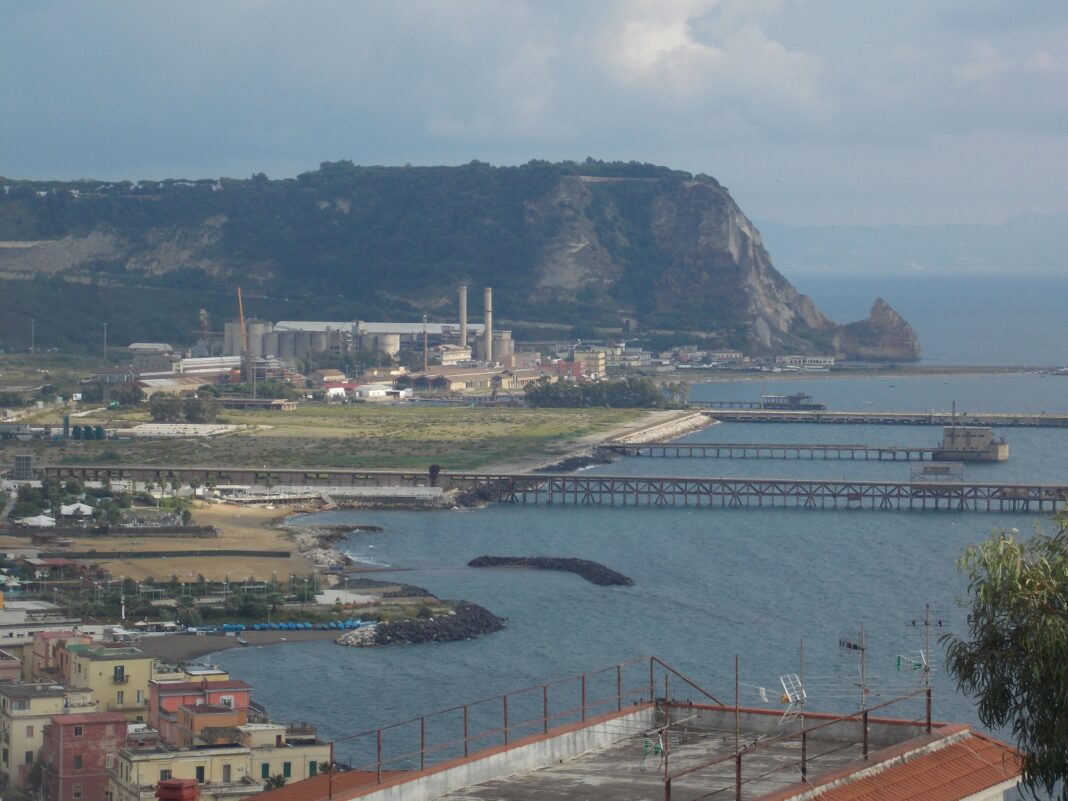On March 13th, a 4.6 magnitude earthquake struck the municipality of Bagnoli, marking the strongest tremor in the area in the last 40 years. It left a trail of damage and concerns in its wake. Fear and uncertainty hit the inhabitants of this working-class neighborhood in Naples, many of whom were forced to leave their homes after they were declared uninhabitable. A hardship that seems endless, particularly due to the lack of concrete and timely responses from the authorities. The aftershocks of that terrible event are still being felt today. Several buildings suffered severe structural damage, leaving the competent authorities with no choice but to declare them unfit for habitation. Families, terrified and without a secure roof over their heads, found themselves living in an emergency situation with no clear idea of where to go.
by Roberta Imbimbo

“The fear is immense, not just because of the earthquake risk that still looms over the entire Phlegrean area, but also and especially because of the uncertain future ahead,” says Enrico, who has been living with his family in temporary accommodation since that night. His face clearly shows the despair of someone who lost everything. Like him, another 380 people were evacuated from their homes. And now, for the Bagnoli community, the future looks incredibly uncertain. On one hand, the solidarity of neighbors and local associations provided initial relief, but on the other hand, the situation has only worsened with the passing days. The displaced families have received no immediate financial assistance. The funds promised by the government—around 35 million euros intended to guarantee temporary housing, cover repairs, and support vulnerable citizens—have yet to arrive.
“We’ve only heard words, promises that haven’t been kept. We’ve been abandoned,” laments Francesca, who has been living in temporary accommodation for days, hoping to receive real assistance. The difficulties in managing the disaster are evident, with the local community now having to cope with bureaucratic delays that are further exacerbating the already delicate situation. Although the government declared a state of emergency, the funds for reconstruction and family support have not arrived because they are blocked at the European Stability Mechanism (ESM).
“Reconstruction cannot wait. People need to know when they will be able to return to their homes and, above all, when they will receive help to recover,” say the residents of the area, who are desperately trying to raise awareness among the competent authorities. However, despite the appeals, the central government has so far delayed the release of the necessary resources, increasing frustration among the population. The lack of clear and timely answers is undermining the morale of the community. Families continue to live with the uncertainty of not knowing when they can return to their homes or if they will have to face an irreparable situation. The fear of another earthquake, which could cause further damage, weighs heavily on those already traumatized by the March 13th quake.
Meanwhile, the local administration is trying to do its best with limited resources, but without adequate support, it is difficult to meet the needs of all citizens. “We need urgent funds, but above all, a swift response so we can start living again. We can’t wait any longer,” concludes poor Enrico.

The situation in Bagnoli is just one of countless examples of how the management of emergencies and the lack of timely allocation of funds can worsen the lives of people affected by natural disasters. The absence of a clear and timely intervention plan only increases the hardship and suffering of those facing tragedy without the necessary resources to rebuild their lives. The Bagnoli community, like many others in Italy, needs concrete answers. This is not just a matter of financial aid, but of a serious commitment from the authorities to ensure that no one is left behind, especially in the most critical times.

























































